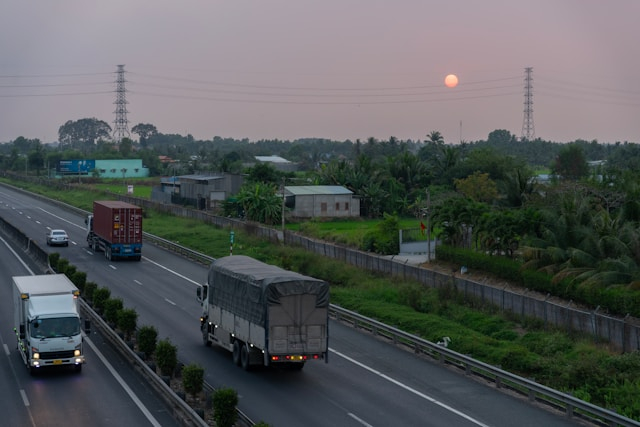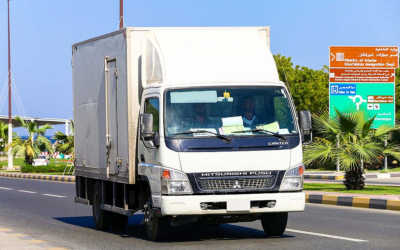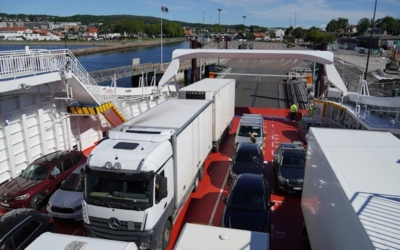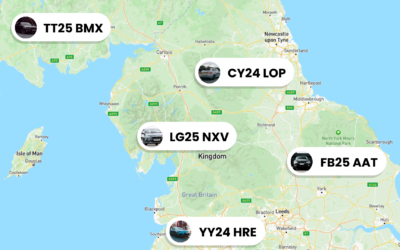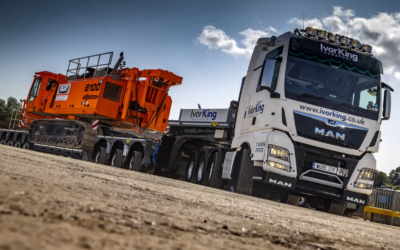Prove Telematics ROI: A Guide for Fleet Managers
If you’re responsible for a fleet, you know how tempting it is to buy the latest telematics system and assume the benefits will follow. The hard truth is that without a clear plan to measure and communicate telematics ROI, those benefits can stay invisible — and future investment requests can get blocked. This guide walks you through a practical, measurement-first approach tailored for fleet managers who need to demonstrate value to operations, finance and the board.
Why Proving Telematics ROI Matters for Fleet Managers
Aligning telematics to business goals
Start by connecting any telematics deployment directly to your fleet’s top objectives. Whether your priority is reducing fuel spend, improving safety, increasing utilisation or shrinking maintenance costs, those goals define which metrics matter. When you frame telematics as a tool to meet specific business targets, you turn a technical purchase into a strategic investment.
Types of value telematics delivers
Telematics delivers both direct and indirect value. Direct savings include improved fuel efficiency, lower overtime, reduced maintenance bills and fewer preventable incidents. Indirect gains — such as better customer satisfaction, lower insurance premiums and improved regulatory compliance — are real value too, and should be captured in your telematics ROI story.
Who needs to see the ROI and why
Different stakeholders care about different outputs. Operations want downtime and utilisation improvements; finance wants payback and TCO; procurement looks for predictable pricing; executives want strategic outcomes. Design your reporting to answer each group’s top questions so you can secure ongoing backing for telematics initiatives.
Define Clear, Measurable Objectives and KPIs
Choosing the right KPIs for each objective
Choose KPIs that are measurable, action-oriented and directly linked to outcomes. Examples: MPG (miles per gallon) or litres/100 km for fuel, idling minutes per shift for emissions and cost, harsh braking events per 1,000 km for safety, and utilisation percentage for asset productivity. Keep the KPI list focused — five to eight metrics is usually enough.
Establishing baselines and measurement windows
A reliable baseline is crucial. Collect at least 30–90 days of pre-implementation data where possible, and normalise for seasonality, route changes and fleet composition. Decide on short-term (30–90 days) and longer-term (6–12 months) windows so you can show early wins and sustained value in your telematics ROI calculation.
Setting realistic targets and success criteria
Use historical data and vendor benchmarks to set SMART targets. For example, target a 5% reduction in fuel use or a 10% drop in idling within six months. Define what success looks like for pilots (e.g. statistical significance, cost per vehicle saved) to avoid ambiguous outcomes.
Design a Pilot and Data Collection Plan
Pilot scope, duration and sample sizing
A well-designed pilot isolates variables so you can attribute change to telematics. Choose a representative sample of vehicles and routes (mix light vans, larger trucks, urban and rural runs). Keep pilots long enough to overcome short-term variance — typically 8–12 weeks — and large enough to be statistically meaningful.
Data sources, quality and governance
Combine telemetry with fuel-card data, maintenance records and payroll where relevant. Create a data governance plan that assigns ownership, defines quality checks, and ensures privacy and security. If you use tracking or dash cameras, ensure timestamps and vehicle IDs align so datasets merge cleanly.
Integration and dashboard design
Integrate telematics with your CMMS, fuel systems and dispatch tools to avoid manual reconciliation. Build dashboards that highlight the top KPIs and the story behind them: baseline vs current, monthly trends and the projected annualised savings that feed into your telematics ROI model.
Calculate, Attribute and Present ROI
Building the ROI model: costs and savings
List all costs: hardware, installation, subscription, integration, training and change-management. Match these against savings categories: fuel, maintenance, labour, insurance reductions and avoided incident costs. Use simple formulas — e.g. fuel saving = baseline consumption × % improvement × fuel price — and show annualised and per-vehicle figures to make comparisons easy.
Attribution and avoiding double-counting
Attribution is where many ROI claims fall apart. Use control groups, normalisation techniques and trend analysis to isolate the telematics effect. Avoid double-counting the same benefit across different KPIs (for example, do not count the same fuel saving twice under both idling reduction and route optimisation).
Crafting a clear ROI narrative for stakeholders
Present results in a concise format: one-page executive summary, three key KPIs, payback period and a confidence statement about attribution. Use visuals — charts of trend lines and a single payback table — to make the case. Emphasise the practical outcomes: fewer breakdowns, lower fuel costs, safer drivers and predictable maintenance budgets that together validate your telematics ROI.
Halfway through your planning, if you want a hands-on walkthrough tailored to your fleet, Book demo with Traknova. Their team can help build your ROI model and dashboard templates so you can show credible, repeatable savings.
Sustain Gains: Adoption, Continuous Improvement and Pitfalls to Avoid
Driving user adoption and process change
Technology only works when people use it. Roll out training, set up driver feedback sessions and introduce incentives linked to safety and fuel-efficiency metrics. Update standard operating procedures so telematics insights become part of daily routines — not an optional add-on.
Ongoing monitoring and optimisation
Make KPI reviews routine — weekly for operations, monthly for finance and quarterly for executives. Use those reviews to iterate: tweak geofences, refine idling alerts or change dispatch rules. Continuous optimisation increases the long-term telematics ROI you can reliably report.
Common pitfalls and mitigation strategies
Watch for these traps: unrealistic expectations, data overload, poor integration, and lack of stakeholder alignment. Mitigate them with clear success criteria, focused dashboards, robust integrations and a communications plan that shows quick wins while managing long-term expectations.
For more on maintenance integration and KPIs, see our Fleet Preventive Maintenance: Checklist & KPIs for Managers post. If you’re thinking about electrification as part of your long-term plan, our Fleet Electrification Guide for Fleet Directors is a useful companion.
Next Steps and Tools to Use
Quick-start checklist for a pilot
Use a short checklist to move fast: define objectives, pick KPIs, select pilot vehicles, set baseline period, assign data owners and decide success criteria. This keeps pilots focused on measurement, not just deployment.
Templates and analytics tools to accelerate ROI work
Leverage ROI calculators, dashboard templates and pre-built integrations to cut setup time. Tools that auto-aggregate fuel, maintenance and mileage data reduce manual work and make your telematics ROI model auditable and repeatable.
Conclusion
Proving telematics ROI is a process — not an afterthought. By aligning measures to business goals, running representative pilots, ensuring clean data and presenting a tightly attributed ROI story, you turn telematics from a cost centre into a measurable value driver. Do this well and you’ll secure continued investment and drive lasting operational gains.
Ready to see what this looks like for your fleet? Book a demo or consultation with Traknova to build a measurement plan and dashboard tailored to your operations: Book demo.
FAQs
How quickly can I expect to see telematics ROI?
Early wins (fuel or idling reductions) can appear in 30–90 days, but robust payback assessments usually use 6–12 months of data. Use pilot results to project annualised savings conservatively.
What if my fleet mix changes frequently?
Normalise your metrics by vehicle class or route type and use per-vehicle or per-hour metrics. This keeps your telematics ROI calculation comparable even as the fleet evolves.
Which costs do people commonly forget to include?
Don’t forget integration effort, change-management time, training and any IT security work. These often appear after go-live and affect your true payback period.
Can telematics help with compliance and safety reporting?
Yes — telematics supports regulatory compliance and safety programmes. For more detail on compliance and operations, see our article on How Telematics Helps Fleet Operators Comply with Driver Hours and Safety Regulations.
We’d love your feedback: did you find this guide useful for planning your telematics pilot? Please share on LinkedIn or Twitter so other fleet managers can benefit. What’s the single biggest metric you’d want to improve with telematics — fuel, safety, utilisation or maintenance? Reply below or contact us to start a conversation.
If you want hands-on help turning these steps into a deliverable plan, Book demo with Traknova today.

